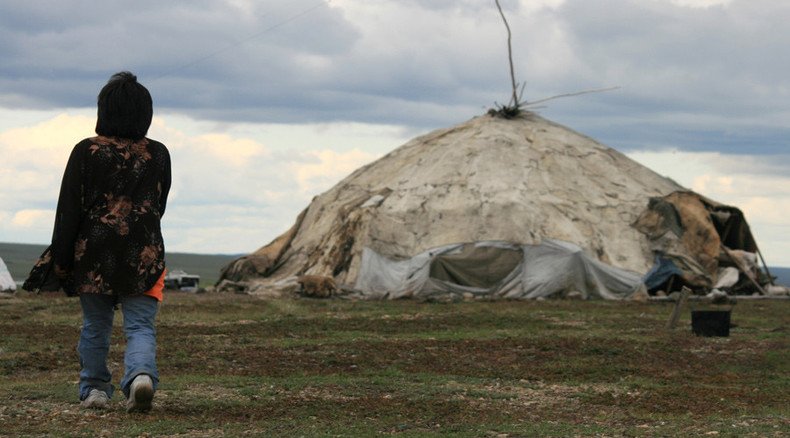The US and Russia have introduced a visa-free regime, but only for native residents of Alaska and the neighboring Russian region of Chukotka.
The visa-free regime was introduced on July 17, after the US said it’s ready to issue special passport inserts to native Alaskans wishing to travel to Chukotka under the Intergovernmental Agreement Concerning Mutual Visits by Inhabitants of the Bering Straits Region. According to the Chukotka Autonomous Okrug’s website, the US representative of the Bering Straits Regional Commission, Vera Metcalf, told her Russian counterpart Leonid Gorenshtein about the decision last Friday.
The intergovernmental agreement was signed on September 23, 1989, at Jackson Hole, Wyoming. At the same time, USSR presented the US its example of the passport insert for Chukotka residents. After 26 years, the US has followed suit.

The only documents the person traveling in the region must have are a national passport and the insert, said Matvey Mikhalenko, adviser to the Foreign Affairs Department of the Governor’s office and the Government of the Chukotka Autonomous Okrug.
He added the passport insert comes into force 30 days after it’s granted. “The passport insert confirms that the citizen is a resident of the region established under the Intergovernmental Agreement Concerning Mutual Visits by Inhabitants of the Bering Straits Region,” he said.
The agreement applies only to the indigenous population of the Bering Strait region with relatives (blood relatives, members of the same tribe, native people who have similar language and cultural heritage) in the designated area of travel.
The visa-free entry is granted for an invitation from the region for a stay of no more than 90 days. Local authorities should also be notified at least 10 days before the trip.
Entry checkpoints across the state border in Alaska were set up in Nome and Gambell, while in Russia they are at Anadyr, Provideniya, Lavrentiya and Uelen.

